 I picked a couple of old books off my shelf last night, to sit by the fire and read something on paper for a change. I chose two classics by Darrell Huff: How To Lie With Statistics (1975 edition), and How To Take A Chance (1965 edition). They are both excellent, and the former is even still in print. The amusing story shown here (right) faces the first page.
I picked a couple of old books off my shelf last night, to sit by the fire and read something on paper for a change. I chose two classics by Darrell Huff: How To Lie With Statistics (1975 edition), and How To Take A Chance (1965 edition). They are both excellent, and the former is even still in print. The amusing story shown here (right) faces the first page.
I was a bit surprised this morning when the first thing I see, via Twitter, is this story from Reuters: wounded fox shoots its would-be (and unnamed) killer in Belarus (of all places). I thought this was quite a coincidence.
What are the chances of this being a true story, and not some sort of mistake, or hoax, or piece of folklore? At first, I thought of Bayes' theorem:

With this equation, we can calculate the probability of the story being true, given the chances of such a thing happening in the first place (slim), and the reliability of the media (pretty high). If you think the chances of a man being shot by a fox are 1 in 1000, say, and the reliability of the media is 99%, then Bayes' theroem suggests that the probability of this story being true is just 9%.
Nine percent seemed pretty low to me. Maybe I was being too hard on the media, I thought.
But then another thing I just saw yesterday was that Google News now searches archives going back over 100 years. Amazing. So I searched for fox shoots hunter, and hit Archive. And sure enough, it turns out this sort of thing happens all the time.
Shown here (left), the Wilmington Morning Star, 21 January 1981: A fox shot and killed (!) an unnamed hunter in central Yugoslavia after hitting the animal with his rifle butt.
Another story, from the Modesto Bee of 16 November 1948, details another nasty fox-shoots-man-after-man-tries-to-wallop-injured-fox-with-rifle incident.
So, I don't know if this story is true or not, but personally I doubt it. Looking at how it has spread like rabies through the media though, I think it's fascinating how these tales become part of our experience. No-one knows where it started, and a bit of digging suggests it may even be doubtful.
How many stories like that are there in the organization where you work? And how will you question the next one you hear?
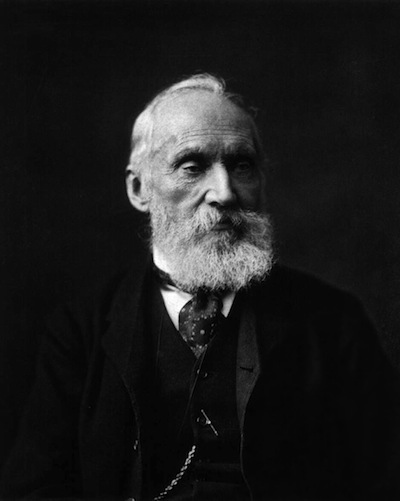


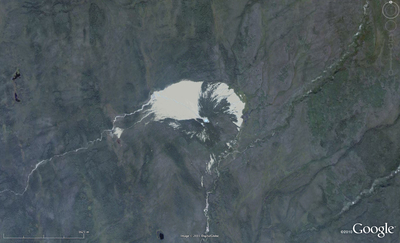

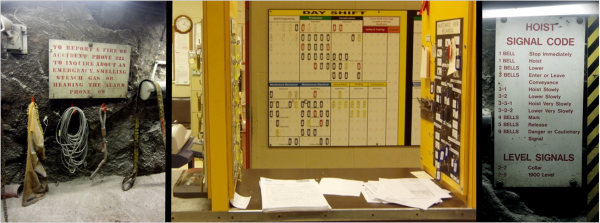
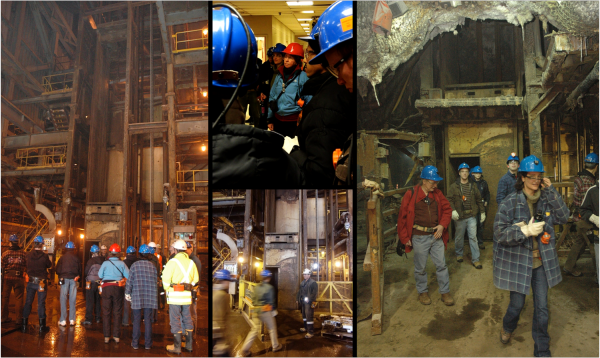
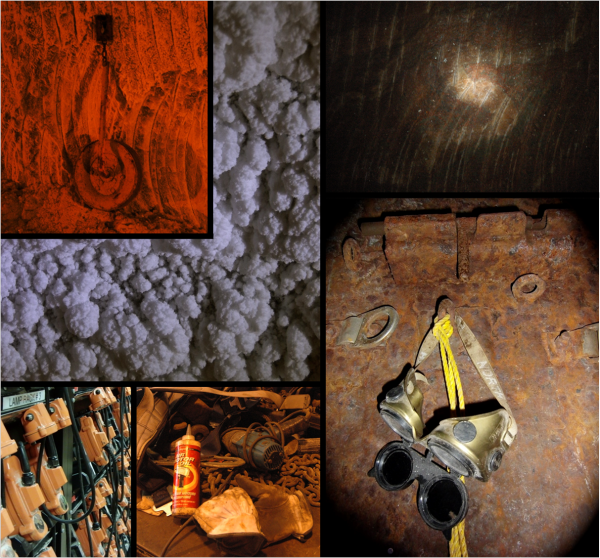
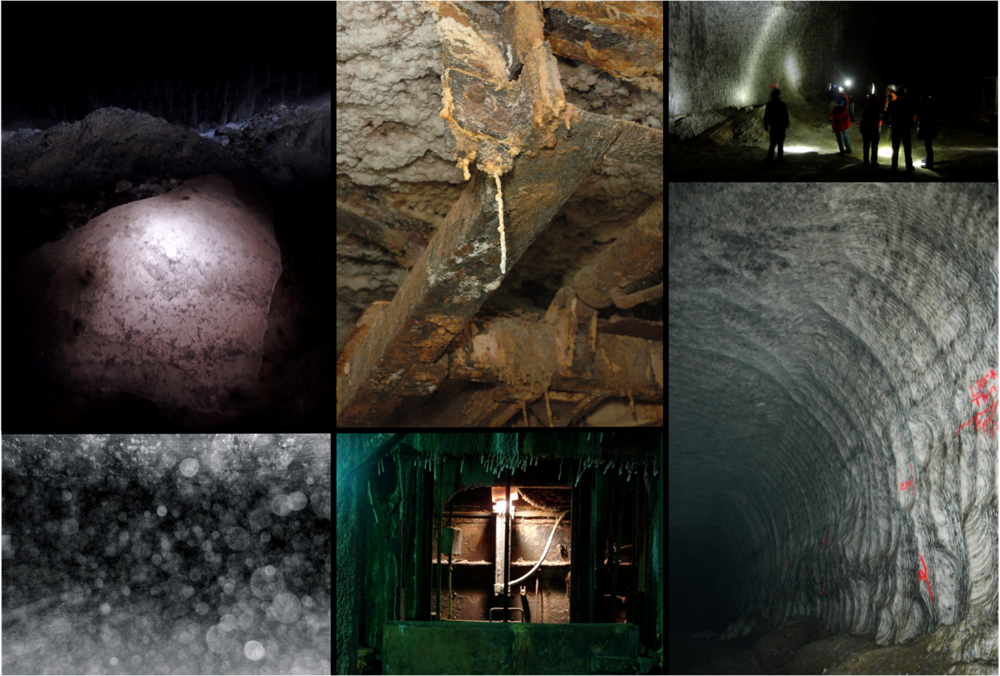
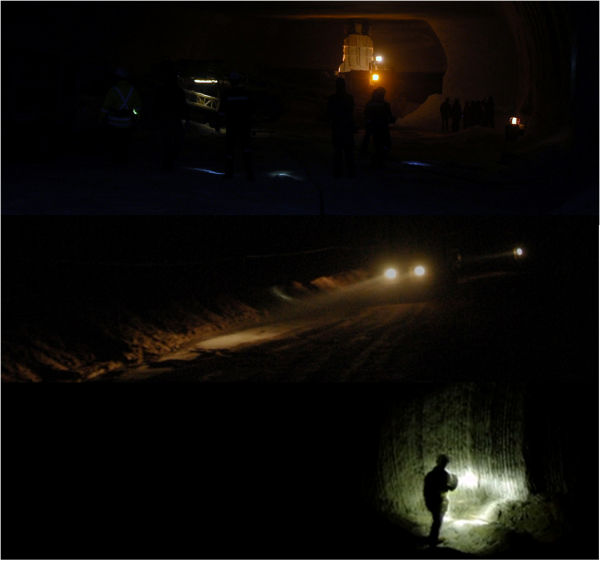
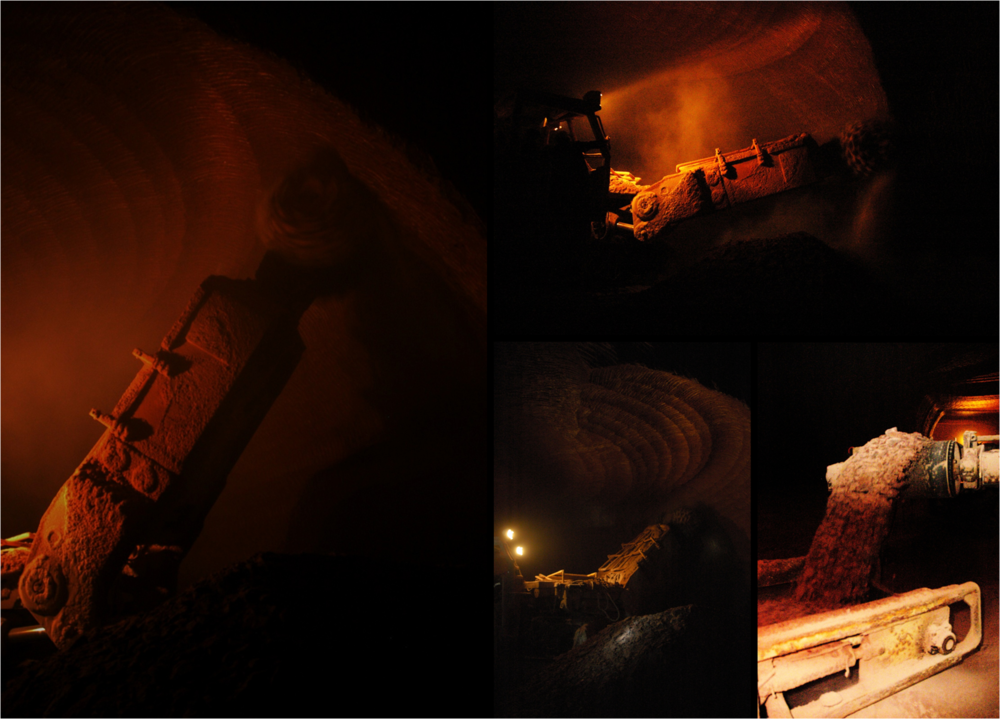
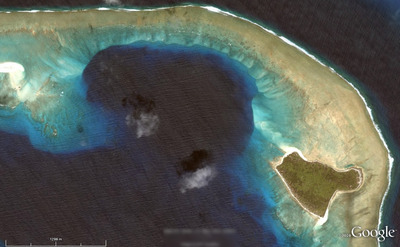
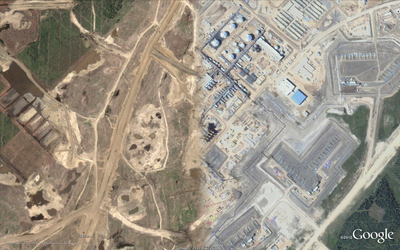
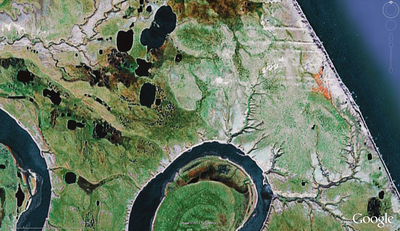
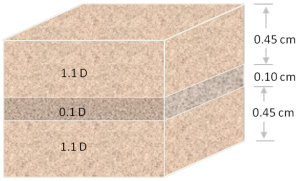



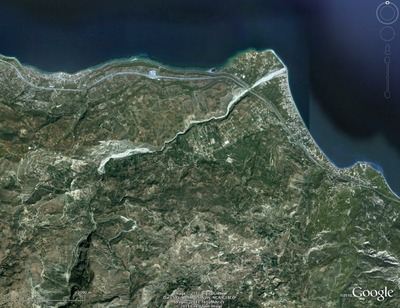







 Except where noted, this content is licensed
Except where noted, this content is licensed